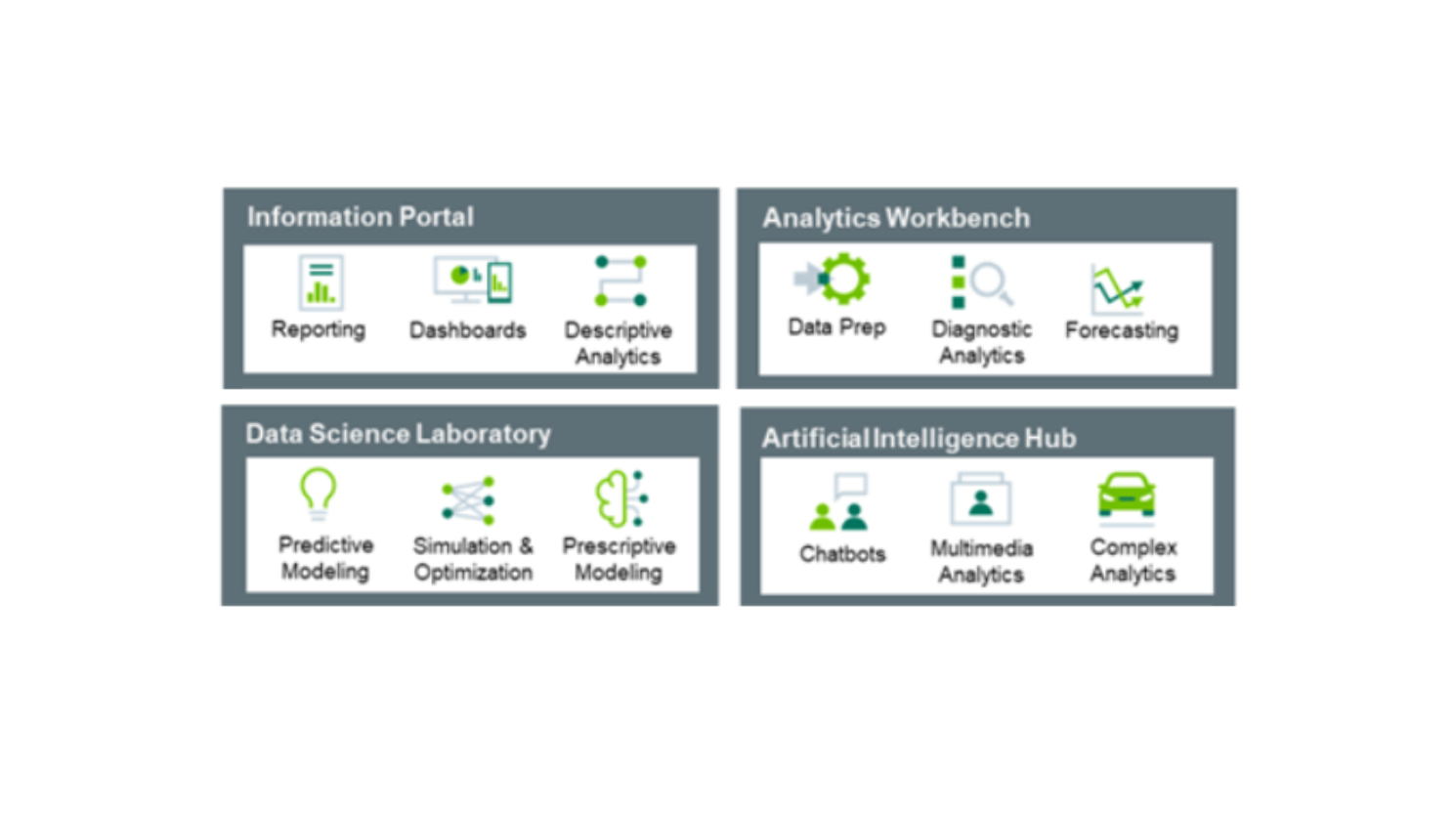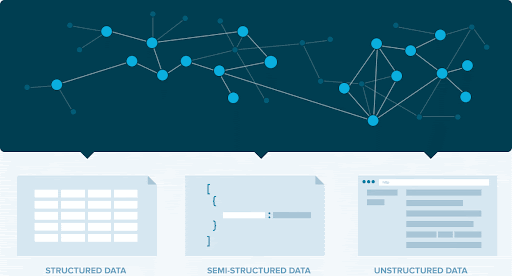Why X-Tech Startups are Seizing on Knowledge Graph

Get the latest in your inbox

Get the latest in your inbox
As the value of technology shifts from applications to data, the upside of becoming a data-informed enterprise is huge. The more data you collect, the more your products and services improve, attracting more customers and deepening relationships with those you already have. But after more than two decades of collecting, storing, analyzing, and reconfiguring troves of information, are organizations really getting the value they expect from their investments in Big Data?
The answer, according to an Accenture Research study of the issue, is no. Many firms still struggle to harness the power of data. Their survey revealed that only 32 percent of companies reported being able to realize tangible and measurable value from data. In comparison, only 27 percent said data and analytics projects produce insights and recommendations that are highly actionable.
Further, according to Forrester research, between 60 percent and 73 percent of all data within an enterprise goes unused for analytics. For example, The Future of Retail Revenues Must be Data Led study conducted by Forrester Consulting found “85% of grocery retailers lack capabilities, technology, and expertise to use insights to monetize their data and drive customer experience.”
To solve the problem of the proliferation of data (particularly semi or unstructured data) and rigid data management approaches, McKinsey & Company advocates organizations invest in flexible, integrated data stores of ready-to-use data that include the use of “flexible ontologies and knowledge graphs to map the relationship between different classes of data and data points” to develop data products faster such as customer 360 and enable sophisticated analytics.
The good news is that there is a fast-growing, newer cadre of startups addressing these challenges by connecting data and delivering analytics solutions. Due to the inability to deal with the complexity of accelerating data analytics competency to gain a competitive advantage, many enterprises are quickly turning to innovative companies such as Caden, Capsifi, IHS Markit, and the Frontdoor Collective to help solve urgent business problems from optimizing retail shelf space to delivering a better patient care, improving strategic decision making to reducing insurance fraud.
They were originally referred to by their industry domain such as “fintech,” “healthtech” or “insurtech,” but have grown in the thousands — in a wide variety — that focus on data management and advanced analytics around a specific domain such as an industry like healthcare, insurance or retail, a function(s) such as supply chain, R&D or marketing, and/or a competency across industries such as strategic decision making or customer churn. They built their own data analytics platform, often comprised of data lake (or warehouse/lakehouse), a wide and deep assortment of data, and BI and data science capabilities. Additionally, a growing number are employing knowledge graphs or a semantic layer to their architecture to improve their advanced analytics capabilities.
These startups are delivering value by helping organizations answer increasingly complex questions, fast and with high fidelity, such as:
And with the global datasphere growing to 175 Zettabytes by 2025, the list of questions is boundless. But what do these above have in common? They can be answered with greater speed, fidelity, and lower cost with a burgeoning competency that startups are betting on, called advanced analytics.

While descriptive analytics answer historical questions such as “what happened?” and are used for reporting, data scientists (and data engineers) apply advanced analytics to answer questions like “what will happen? What action(s) should we take?” As illustrated above, advanced analytics come in different flavors, from diagnostics and forecasting to predictive and prescriptive modeling. AI is another form of advanced analytics used in real-time applications such as recommendations.
Advanced analytics have the following in common:
Advanced analytics is where relational database technology struggles — they have difficulty expressing and revealing how real and virtual entities are related. Columns and rows aren’t how data exists in the real world. Rather, data exists as rich objects and the relationships between those different objects. Even traditional graph databases (aka “Property Graphs”) have serious limitations for advanced analytics. They were designed for storage, resulting in prohibitively high infrastructure costs and creating another silo of centralized data. In contrast, a knowledge graph enriches and amplifies graph as a data structure and graph as a data model into something greater than the sum of its parts.

To make innovative use cases possible at scale, startups such as Capsifi are turning in droves to knowledge graph technology. Enterprise Knowledge Graphs provide the ideal platform to add a semantic layer atop their existing data analytics platform to develop and monetize advanced analytic solutions. Here is a basic explanation (I’ve included additional resources for those who wish to learn more) of what distinguishes a knowledge graph used for scaling advanced analytics:
Further reading: How Knowledge Graphs work

To this point, I’ve broached business outcomes using timeworn phrases such as faster analytics development time, lower cost, and higher analytics fidelity. Data and analytics executives need real proof of the value of knowledge graphs, but don’t take my word for it. Stardog commissioned Forrester Consulting to conduct a Total Economic Impact™ (TEI) study and examine the potential return on investment (ROI) organization may realize by deploying the Stardog Enterprise Knowledge Graph Platform.
To better understand the benefits, costs, and risks associated with this investment, Forrester interviewed four decision-makers with experience implementing Stardog. For this study, Forrester aggregated the interviewees’ experiences and combined the results into a single composite organization. The key findings were that organizations using the Stardog Enterprise Knowledge Graph platform can realize up to:
Outside of the above report, here are a few startup highlights results worth sharing:
Invested in a data warehouse using RDBMS technology to support 200+ analysts to perform advanced analytics over 30+ applications, costing significant application development time and cost.
Stardog semantic layer atop their new platform as part of its retail analytics engine that processes retail dictionary data, 3rd party reference sets, and transactional data.
Faster analytics development, improved data & analytics productivity, reduced infrastructure costs
Invested in a graph database to unify discovery of insights for its analytics team to discover provider/patient relationships and predict fraud waste and abuse, but there were too many manual steps, adding cost and slowing growth.
Replatform with Stardog Enterprise Knowledge Graph, enabling them to streamline provider/patient insights and develop advanced analytic models.
Faster analytics development, improved data & analytics productivity, reduced infrastructure costs
Further reading: Forrester Consulting Total Economic Impact™ Study Commissioned By Stardog December 2021.
The phrase “every company is a tech company” is giving way to “every company is a data company,” which I believe means the value of technology is shifting from applications to data. And as the size and complexity of data multiply, organizations are increasingly turning to semantic knowledge graphs to harness data and unleash insights that fuel data-informed decisions. According to Gartner Distinguished VP analyst and Gartner Fellow in the Data and Analytics team, Rita Sallam, Gartner predicts that by 2025, graph technologies will be used in 80% of data and analytics innovations, up from just 10 percent in 2021.
X-tech startups in all flavors are quickly adding knowledge graph or a semantic layer atop their data, analytics, and domain competency to harness data and scale advanced analytics to help organizations quickly answer their most pressing business questions such as “who are the high-value customers most likely to churn? And what action(s) should we take?” From financial services to manufacturing, life sciences to retail, these tech startups are bringing bold new solutions that solve 20+ year-old problems to exploit data. And knowledge graphs are becoming the must-have technology to work alongside data lakes (or warehouses or lakehouses) and modern BI tools to ignite data as the “new oil.”
How to Overcome a Major Enterprise Liability and Unleash Massive Potential
Download for free